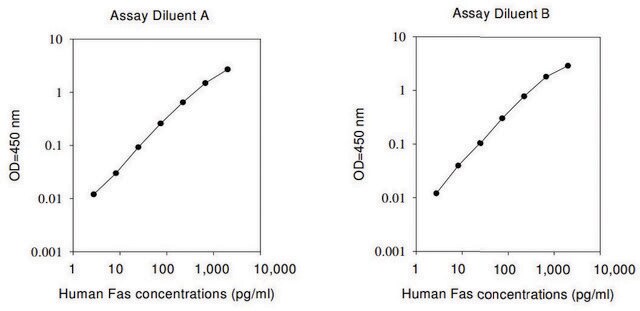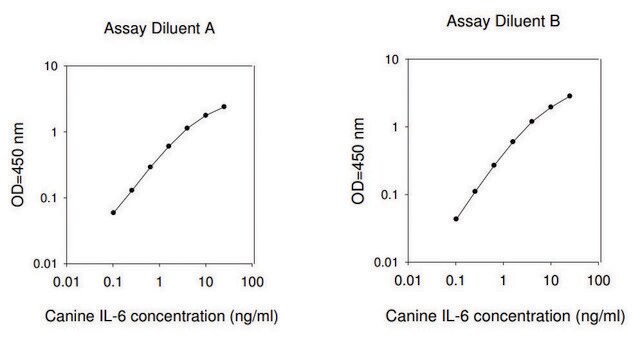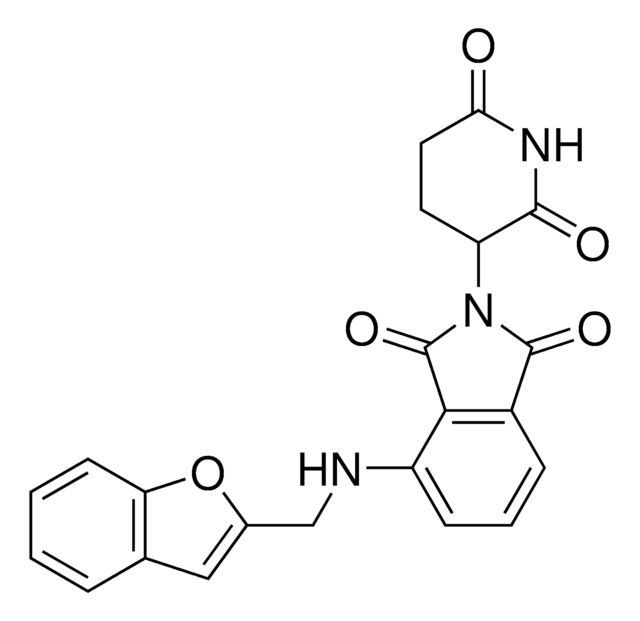RAB0178
Human Fas Ligand ELISA Kit
for serum, plasma, and cell culture supernatants
Sinonimo/i:
FasL
Autenticatiper visualizzare i prezzi riservati alla tua organizzazione & contrattuali
About This Item
Codice UNSPSC:
41116158
NACRES:
NA.32
Prodotti consigliati
Reattività contro le specie
human
Confezionamento
kit of 96 wells (12 strips x 8 wells)
tecniche
ELISA: suitable
capture ELISA: suitable
input
sample type plasma
sample type serum
sample type cell culture supernatant(s)
assay range
inter-assay cv: <12%
intra-assay cv: <10%
sensitivity: 2 pg/mL
standard curve range: 1.37-1000 pg/mL
Metodo di rivelazione
colorimetric
Condizioni di spedizione
wet ice
Temperatura di conservazione
−20°C
Informazioni sul gene
human ... FASLG(356)
Descrizione generale
The Human Fas Ligand ELISA (Enzyme-Linked Immunosorbent Assay) kit is an in vitro enzyme-linked immunosorbent assay for the quantitative measurement of human Fas Ligand in serum, plasma, cell culture supernatants and urine.
Immunogeno
Recombinant Human Fas Ligand
Applicazioni
For research use only. Not for use in diagnostic procedures.
Please refer to the attached General ELISA KIT Procedure (sandwich, competitive & Indirect ELISA)
Please refer to the attached General ELISA KIT Procedure (sandwich, competitive & Indirect ELISA)
Azioni biochim/fisiol
Binding of Fas Ligand (FasL) to Fas receptor triggers apoptosis in Fas-bearing cells. FasL has the ability to kill T cells and activate B cells which leads to down-regulation of the immune response. The mechanism of Fas induced apoptosis involves recruitment of pro-caspase 8 through an adaptor molecule called FADD (Fas-associated protein with death domain) followed by processing of the pro-enzyme to active forms. These active caspases then cleave various cellular substrates leading to eventual cell death. FasL is also involved in AGE (advanced glycation end-product)-mediated apoptosis in human retinal ARPE-19 cells, suggesting its role in diabetic retinopathy. Changes in the activity of FasL suppress normal apoptosis, leading to abnormal survival and growth of tumor cells. Mutations in the FasL gene causes autoimmune lymphoproliferative syndrome (ALPS).
Altre note
A sample Certificate of Analysis is available for this product.
Please type the word sample in the text box provided for lot number.
Please type the word sample in the text box provided for lot number.
I componenti del kit sono disponibili anche separatamente
N° Catalogo
Descrizione
SDS
Avvertenze
Warning
Indicazioni di pericolo
Consigli di prudenza
Classi di pericolo
Met. Corr. 1
Codice della classe di stoccaggio
8A - Combustible corrosive hazardous materials
Scegli una delle versioni più recenti:
Possiedi già questo prodotto?
I documenti relativi ai prodotti acquistati recentemente sono disponibili nell’Archivio dei documenti.
W C Powell et al.
Current biology : CB, 9(24), 1441-1447 (1999-12-23)
The Fas ligand/Fas receptor (FasL/Fas) system is an important mediator of apoptosis in the immune system where the juxtaposition of cells expressing the cell-surface ligand induces the apoptotic pathway in Fas-expressing lymphocytes. The FasL/Fas system has also been shown to
M R Alderson et al.
The Journal of experimental medicine, 181(1), 71-77 (1995-01-01)
A significant proportion of previously activated human T cells undergo apoptosis when triggered through the CD3/T cell receptor complex, a process termed activation-induced cell death (AICD). Ligation of Fas on activated T cells by either Fas antibodies or recombinant human
Yin Li et al.
International journal of clinical and experimental pathology, 8(9), 11915-11920 (2015-12-01)
To investigate the relation of Fas and Fas ligand (FasL) protein expression with carcinogenesis and metastasis of cardiac carcinoma. Immunohistochemistry was used to detect Fas and FasL protein expression in 64 cardiac carcinoma tissue samples and 20 normal gastric tissue
Pu Wang et al.
Bioscience, biotechnology, and biochemistry, 80(2), 250-256 (2015-10-20)
Advanced glycation end-products (AGEs) are extremely accumulated in the retinal vascular and epithelial cells of diabetes mellitus (DM) patients, particularly with diabetic retinopathy (DR). To elucidate the pathogenesis of the AGE-induced toxicity to retinal epithelial cells, we investigated the role
Ignatios Ikonomidis et al.
Circulation. Cardiovascular imaging, 7(4), 619-628 (2014-05-02)
We investigated the effects of anakinra, an interleukin-1 receptor antagonist, on coronary and left ventricular function in coronary artery disease (CAD) patients with rheumatoid arthritis. In a double-blind crossover trial, 80 patients with rheumatoid arthritis (60 with CAD and 20
Il team dei nostri ricercatori vanta grande esperienza in tutte le aree della ricerca quali Life Science, scienza dei materiali, sintesi chimica, cromatografia, discipline analitiche, ecc..
Contatta l'Assistenza Tecnica.







